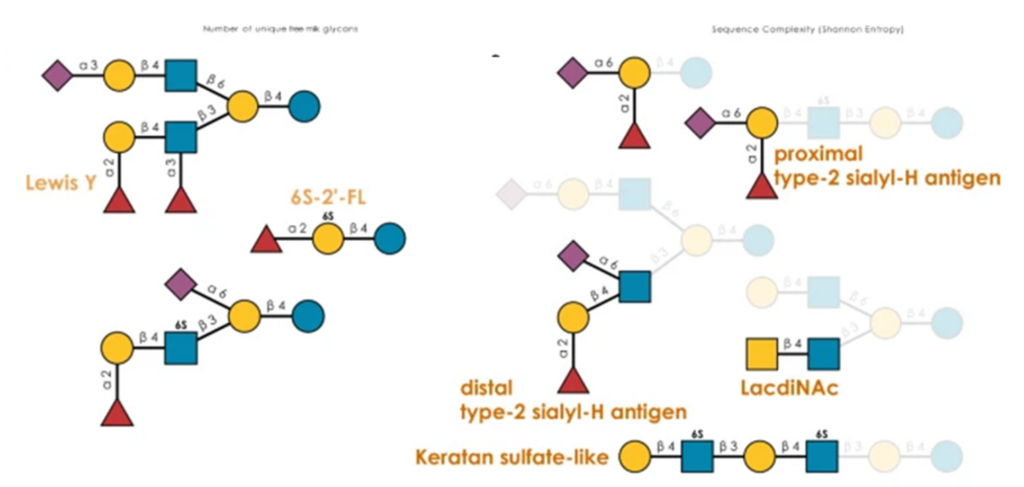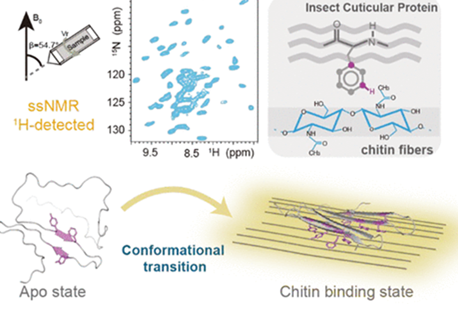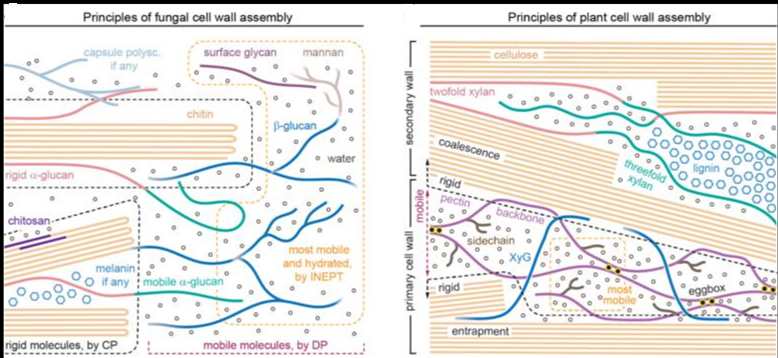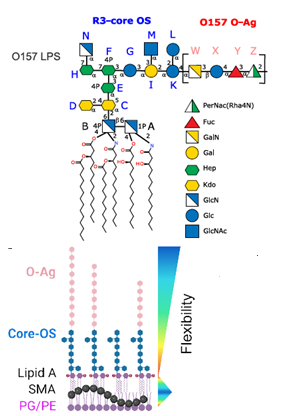This article covers nomenclature, sources, biosynthesis, preparation, uses, microcrystalline cellulose, structural chemistry, reactions, solvents, and liquid crystals. Cellulose for commercial purposes comes mostly from wood and cotton, whereas cellulose for research comes from bacteria, algae, and ramie (also a textile fiber).
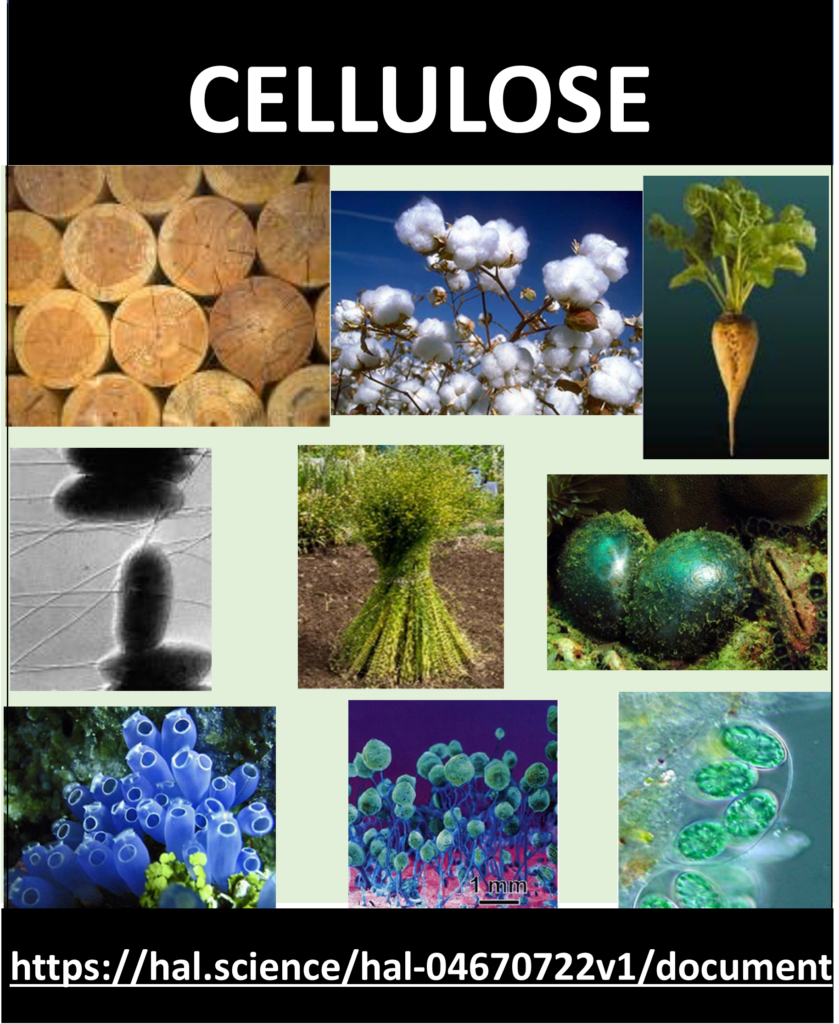
Preparation includes pulping and purification, with an alternative method of steam explosion. The pore structure of cellulose is mentioned. Emphasis is given to cellulose crystal structures. Cellulose solutions are essential to the rayon and cellophane industries. New solvents are of interest because they may lessen pollution and permit the commercial production of stronger cellulosic materials by forming liquid crystals. Common physical methods for the assessment of cellulose structure are discussed. Figures include the molecule’s chemical and physical structures, cellulose sources, biosynthesis charts, molecular weight distributions, crystallite sizes, X‐ray diffraction patterns, nuclear magnetic resonance spectra, conformational energy plots, and cellulose I–IV unit cell structures.

